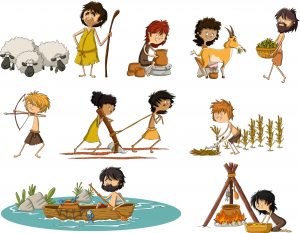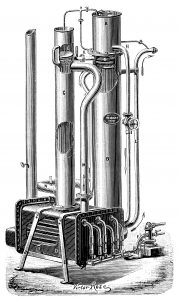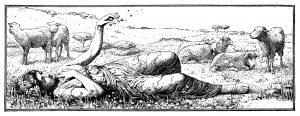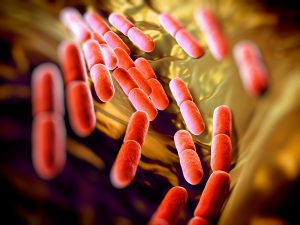Appendix
34 Milk timelines picture
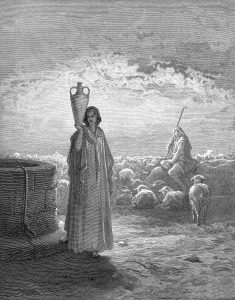
Engraving by Gustave Dore (1832 – 1883)
Jacob serves Laban seven years for Rachel’s hand
Genesis 29
illustration was published in “bible or books of new testament and old testament”(1875)
scan by Ivan Burmistrov
[url=http://www.istockphoto.com/file_search.php?action=file&lightboxID=7375479][img]http://img-fotki.yandex.ru/get/3904/iburmistrov.2/0_3d6f4_63c43c71_orig[/img][/url]
